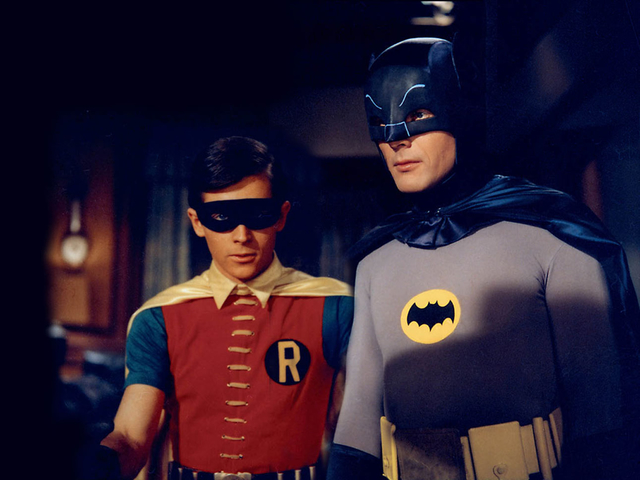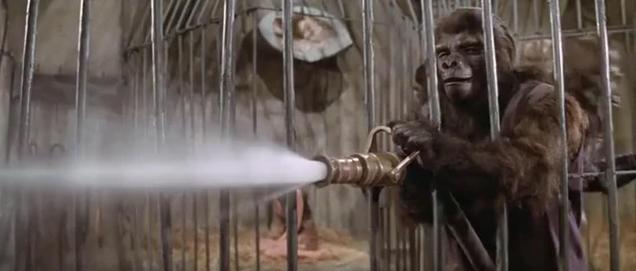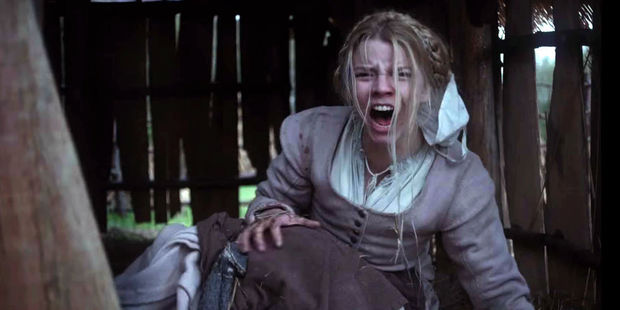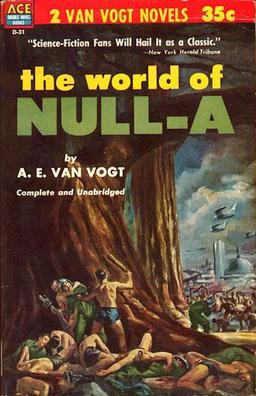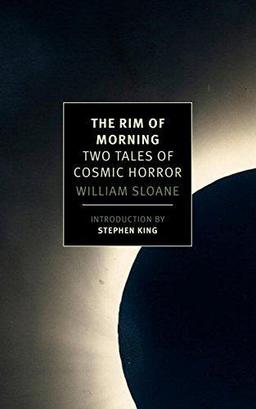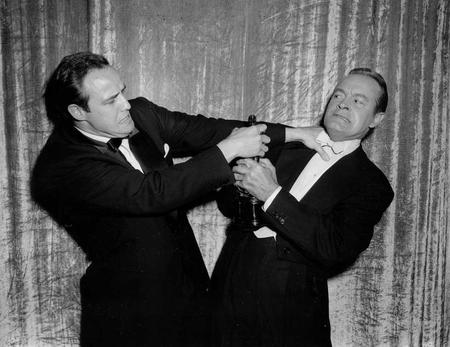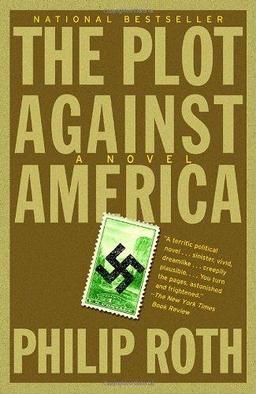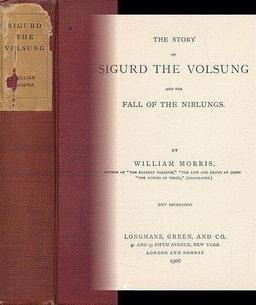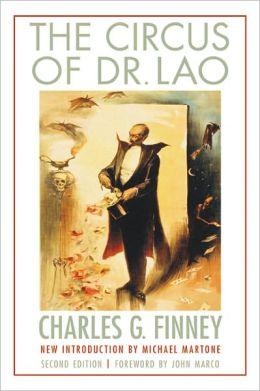How We Got Where We Are, or Go Adam West, Young Man
Gather round, kiddies, and I’ll tell you a story. Hey — are you listening? Turn off the TV (oh, excuse me, put away your device) and stop watching Agents of Shield, Supergirl, Daredevil, Gotham, Arrow, or The Flash, for just one minute! Hold on a second — don’t run out the door! This won’t take long, and I promise you won’t be late for the start of X-Men: Apocalypse, Deadpool, or Suicide Squad. Pay attention, and put away the deluxe slipcased fifty dollar hardcover editions of The Sandman or V for Vendetta or The Dark Knight Returns. I know, but you can finish your doctoral dissertation on Mimesis and Mutation: Gender Fluidity in the X-Men some other time! Please — close the browser; you can read later about how the two Avengers movies alone have taken in three billion dollars at the box office (not counting home video or merchandising money).
Three billion dollars. That’s two movies. Just Marvel movies. Out of over forty Marvel movies. Add in the take from the less aesthetically pleasing but still insanely profitable DC side of the street and the figure simply stops making sense. The number is more incomprehensibly mind boggling than Galactus showing up to eat the world, more wildly absurd than Bruce Banner being mutated into a huge green monster by gamma rays, more utterly improbable than a blue-blanketed baby escaping an exploding Krypton in a homemade rocket, and more sheerly ridiculous than a smoking-jacket wearing millionaire dilettante somehow getting the notion that bats strike fear and terror into the hearts of criminals. It’s just un-flippin’-believable.
